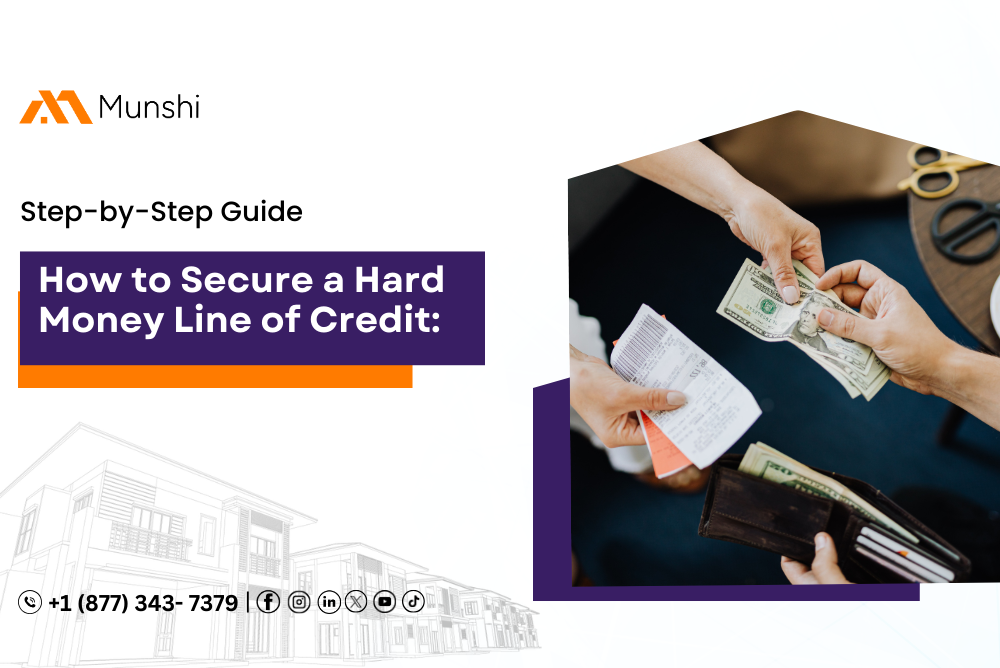Table of Contents
ToggleIn the realm of financial lending, bridge loans are an important option for those who want to bridge financial gaps. It is generally seen as a short-term loan that can bridge any financial gap that happens between two transactions, hence the term, “bridge.”
They act as a great temporary option and are typically found in real estate transactions. These loans allow individuals to secure permanent financing or secure any existing financial obligations. They allow borrowers to tap into an immediate cash flow. They generally are defined by their high interest rates, and are backed by some collateral type, like inventory and real estate.
What does a Bridge Loan entail?
These loans come with multiple names – gap financing, interim financing, swing loans and more. Lenders can customize these loans based on what they require and they can help home buyers purchase newer properties while waiting for their current ones to sell. The equity that borrowers receive in their current homes serves as the down payment for purchasing newer homes.
Bridge loans give homeowners some much-needed time and peace of mind as they wait. These loans come at higher interest rates compared to other facilities like HELOC.
How do Bridge Loans work in Real Estate?
Typically, lenders only offer real estate bridge loans to borrowers with excellent credit and low debt-to-income (DTI) ratios. Bridge loans roll the mortgages of two houses together, giving the buyer flexibility as they wait for their former house to sell.
However, in most cases, lenders only offer real estate bridge loans worth 80% of the combined value of the two properties, meaning that the borrower must have significant home equity in the original property or ample cash savings on hand.
Businesses turn to bridge loans when they are waiting for long-term financing and need money to cover expenses in the interim. For example, imagine a company is doing a round of equity financing expected to close in six months. It may opt to use a bridge loan to provide working capital to cover its payroll, rent, utilities, inventory costs, and other expenses until the round of funding goes through.
Identify a good property, identify the exit strategy for the project, inspect the property to accurately estimate the rehab budget for the project, get bids from multiple contractors, keep the lender involved in the deal structure setup, and set up the entities correctly, including foreign filing in the state where the property is located.
In general, bridge loans:
- Have a tenure of six months to one year.
- Secured by pledging the borrower’s present residence.
- Issued primarily by mortgage lenders you have agreed to work with for the financing of your new home. They can also be offered by credit unions or private lenders, but for specific scenarios only.
- Interest rates can be anything from zero to just over prime, but they typically range from 5-15% in general.
Those in need of a bridging loan often have two primary choices. The breakdown is as follows:
- While waiting to sell their present home, some borrowers utilize bridge loans as a second mortgage to help pay for a down payment on a new house.
- Some borrowers pay off their previous mortgage with a single large loan. They paid off the loan and used the rest for a down payment on a house.
When to use a Bridge Loan?
Homeowners often utilize bridge loans to purchase a new home before selling their old one. Borrowers can pay off their existing mortgage with some of the funds from a bridge loan and put the remaining amount toward a down payment on their next home. The same holds true for homeowners: a bridge loan might serve as an additional loan to fund the down payment on a new house.
In some cases, a bridge loan could be the best option:
- Are now in a seller’s market, where homes move rapidly, and have decided on a new residence
- Would you like to buy a house, but the seller is unable to accept a deal that is conditional on the sale of your present residence?
- Selling your present house is a must if you want to put down a down payment on a new property.
- Is selling your present house something you’re interested in doing immediately?
- Do not plan to close on the purchase of a new house until after the sale of your present property has closed.
- In addition to covering urgent costs or taking advantage of quick real estate possibilities, firms can also employ bridge loans. These loans are often available to businesses through online alternative lenders or hard money lenders, who secure the loans through the use of your property as collateral. There are other collateral options as well, like bonds, stocks, and even equipment in certain cases.
- The interest rates on these loans are much higher compared to other business lending options.
Companies often utilize commercial bridge loans for things like:
- Paying for day-to-day operations as a company searches for permanent funding
- Get the money you need to buy a house fast
- Making the most of time-sensitive sales on products and services
Factors to keep in mind while getting a Bridge Loan:
The first step towards getting a bridge loan is identifying a good property. Once you’ve done that, ensure that you’ve also planned out the entire exit strategy – this is because it’ll help you make a profit at the time you’re selling and not burn cash. Inspect the property thoroughly or even get an expert to do the same and then estimate the rehab budget.
Once done, it’s important to get bids from multiple contractors to understand the rate that works best for you. Also, keep the lender involved throughout the deal structure setup so they’re aware of what’s happening as the property gets ready. Once you set up the entities, including foreign filing depending on the state you’re in, you can begin to see the effects the bridge loan has on allowing you to complete the real estate deal quicker.
To Conclude:
If you have poor credit, a lot of debt, and an inadequate income to comfortably pay off many mortgages for more than six to twelve months, a bridge loan may not be the best option for you.
Getting a bridge loan can allow you to spend more money on real estate. Concurrently, nevertheless, your total debt will increase. If your present house doesn’t sell quickly, you can end yourself repaying off multiple loans at once. If at all feasible, hold off on buying a new house until you’ve sold your current one. However, it’s likely that you can get by without consulting an expert. You likely already know this, but a bridge loan may not be the best option for you.
With the customized bridge loan options offered by Munshi Capital, you may close the gap in your real estate endeavors. Our knowledgeable staff is prepared to help you manage the intricacies of bridge financing, guaranteeing a seamless transfer between your real estate deals. Reach out to Amish Munshi right now to take advantage of our effective bridge loan services and realize your full real estate potential.





